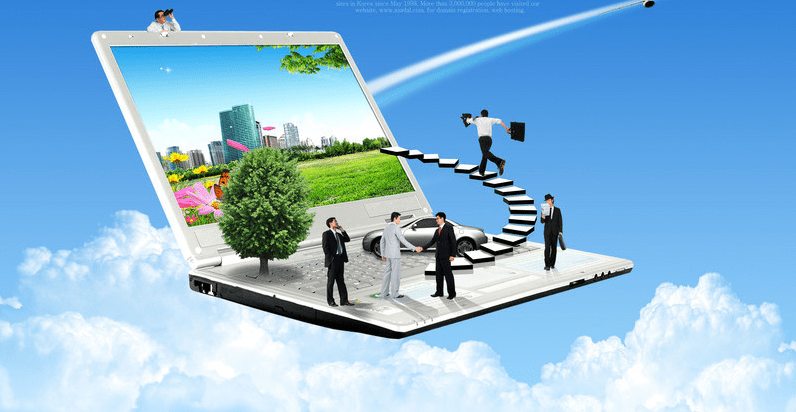(2) The construction phase of the application system. This is the transformation stage of constructing new application systems. The core of the transformation is that the business process needs a new generation of application systems. The construction phase also includes using an open standard based approach to migrate the existing application system to the Web, integrating the e-commerce system's network environment, support platform, application software and external information system as a whole, so that the final constructed e-commerce system is a standards based, server centric, scalable, rapidly deployable Easy to use and easy to manage system.
(3) Operation phase of the pilot system. The system operation phase involves a scalable, available, and secure operating environment. Around business and application systems, there is usually a nine infrastructure. The requirements of the infrastructure facilities are available, scalable, easy to manage and safe. The system operation phase is not only the normal operation of the computer system, but also the basic operation of the system. It also involves the migration of business activities of enterprises to the e-commerce system. Only when the computer system and business activities of enterprises are integrated into one, can it really reach the month.
(4) The stage of resource utilization. Resource utilization refers to the utilization of knowledge and information. The key point of utilization is knowledge management. It is to use existing knowledge. Information management is different. Knowledge management includes the management of explicit knowledge and implicit knowledge. The resources of traditional IT systems can be written down and programmed by using A-type knowledge management. Implicit knowledge is known by people. But what is not written down is 4f intuition, experience and insight.
3、 E-commerce system life cycle
Electronic commerce system is a special kind of information system. According to the life cycle of e-commerce system, it has the following characteristics: IBM's description of the life cycle of e-commerce system (1) As a kind of information system, e-commerce system includes several stages, such as project planning, development and maintenance. System analysis, design, development integration. (2) In the life cycle of e-commerce system, its life cycle can also be divided into four parts: the transformation of business model, the construction of system, the operation of system and the utilization of resources. The construction of application system includes system design and application system, among which, the transformation of business chess type corresponds to system project planning, development integration, etc. (3) The life cycle of e-commerce system has an important feature, that is, the planning stage of the system is very important. W. Section should consider how the business model of the enterprise changes at the strategic level. In other words, there is a specific monthly construction standard for the e-commerce system. The two must coordinate the transformation of enterprises at this level from traditional commerce to e-commerce.
The life cycle of e-commerce system is a complex process, starting from any stage. Start simple and grow fast. The core business is extended to Inteme 1. Enterprises that want to develop e-commerce systems can construct e-commerce systems from the existing basis at any time, and will eventually realize the huge return on investment brought by e-commerce.


